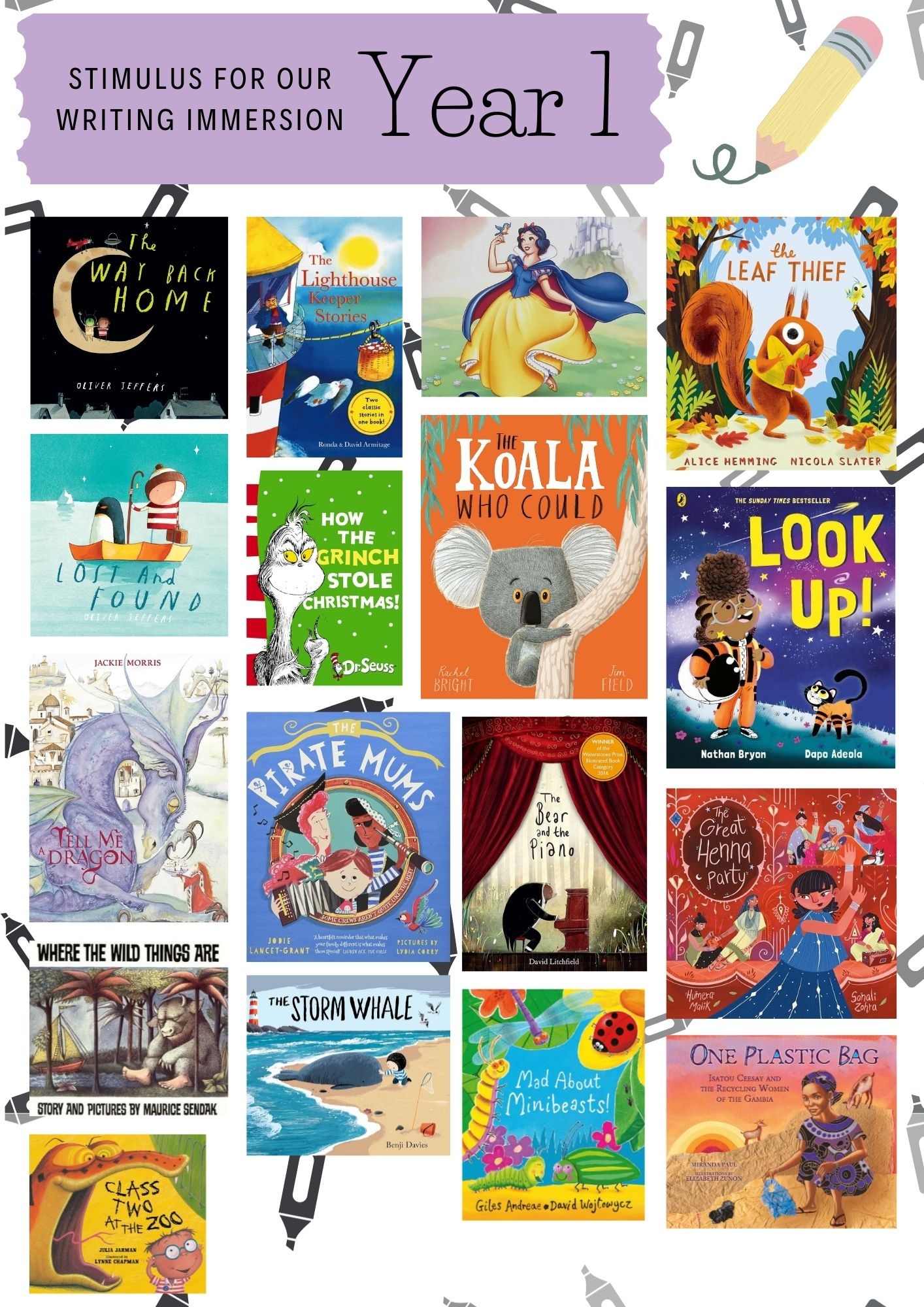Writing
Our Writing Curriculum
At our school, we aim for every child to become a confident, creative, and purposeful writer. Our writing curriculum is thoughtfully structured, research-informed, and designed to build strong skills gradually—while always keeping learning engaging and relevant.
Expertly Designed and Evidence-Informed
- Developed by Teresa Heathcote, a skilled Literacy Consultant, this teaching sequence has enhanced writing outcomes across schools using it.
- It draws on the latest educational insights, including research from the Education Endowment Foundation and the Ofsted Review of English (2022).
Strong Foundations in Transcriptional Fluency
We place a key emphasis on transcription—handwriting and spelling—as a cornerstone of writing development:
- In line with the Department for Education’s 2025 Writing Framework, we teach handwriting and spelling explicitly from the early years, helping these skills become automatic.
- Daily practice and targeted support allow children to focus their energy on ideas and creativity instead of the mechanics of writing.
- Activities like dictation and oral rehearsal are used to strengthen fluency and help children embed their learning in meaningful ways.
The Writing Sequence: Year 1
Each writing unit follows a clear, supportive structure:
Weekly unit elements:
- Immersion – We immerse children, every day, by exploring new vocabulary using a balance of real-life experiences and media forms.
- Oral Rehearsal - We practise, daily, using new vocabulary in full sentences through oral repetition - teacher modelling and echo reading.
- Working collaboratively - Children spend time sharing their own ideas when demonstrating using new vocabulary which is refined and repeated back by teaching staff, and echoed by all.
- Dictation - Children's cognitive load is supported by the teacher holding sentences for the children so that they are able to focus on transcriptional skills e.g. spelling and handwriting.
- Letter formation - children practise forming letters correctly through expert modelling from the teaching staff and the use of guidelines to support.
- Independent exploration – throughout the week, children have time to write freely using an array of carefully planned resources. They have the opportunity to independently use new vocabulary orally and in writing.
Throughout the school year, the writing sequence progresses in Y1 from writing within small focus groups to whole class dictations.
Supported by Research
This approach aligns with the DfE’s 2025 Improving Writing Framework, which highlights:
- The need to automate transcription so children can focus on expression and creativity.
- The importance of oral composition in building confident, fluent writers.
- The value of a structured, step-by-step process that helps children grow as writers at every stage.

How Parents Can Support at Home
Supporting writing at home doesn’t need to be complicated. Here are some age-specific ideas:
Key Stage 1 (Years 1 and 2)
- Listen to your child read and discuss new vocabulary.
- Practise spelling through games such as word hunts, snap, or magnetic letters.
- Support handwriting with short, focused sessions to build fluency and neatness.
- Encourage simple story writing or “weekend news” recounts, celebrating effort as much as accuracy.

